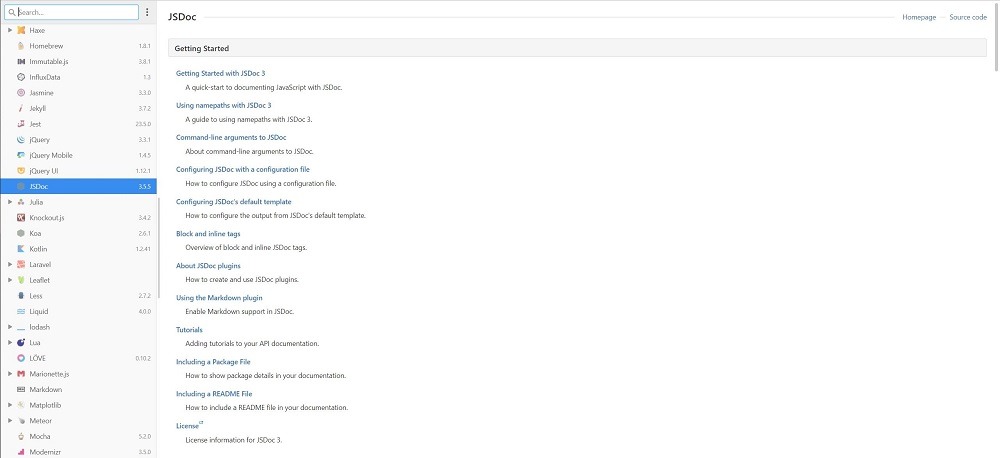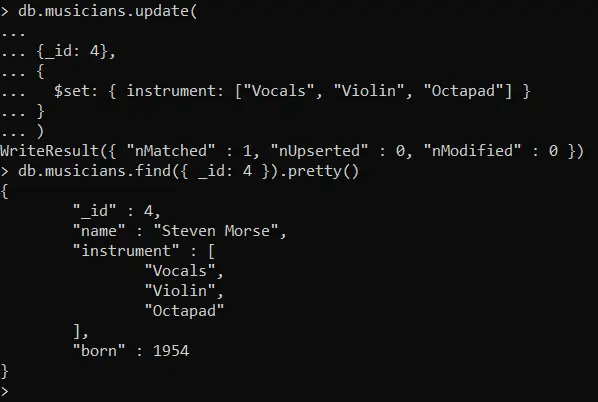

RDB allows faster restarts with big datasets compared to AOF.The parent instance will never perform disk I/O or alike. RDB maximizes KeyDB performances since the only work the KeyDB parent process needs to do in order to persist is forking a child that will do all the rest.RDB is very good for disaster recovery, being a single compact file that can be transferred to far data centers, or onto Amazon S3 (possibly encrypted).This allows you to easily restore different versions of the data set in case of disasters.
DOWNLOAD MONGODB DOCUMENTATION DEVDOCS ARCHIVE
For instance you may want to archive your RDB files every hour for the latest 24 hours, and to save an RDB snapshot every day for 30 days. RDB is a very compact single-file point-in-time representation of your KeyDB data.

The most important thing to understand is the different trade-offs between the Notice that, in this case, when KeyDB restarts the AOF file will be used to reconstruct the original dataset since it is guaranteed to be the most complete.

AOF (Append Only File): The AOF persistence logs every write operation received by the server, that will be played again at server startup, reconstructing the original dataset.RDB (Redis Database): The RDB persistence performs point-in-time snapshots of your dataset at specified intervals.KeyDB provides a different range of persistence options:


 0 kommentar(er)
0 kommentar(er)
